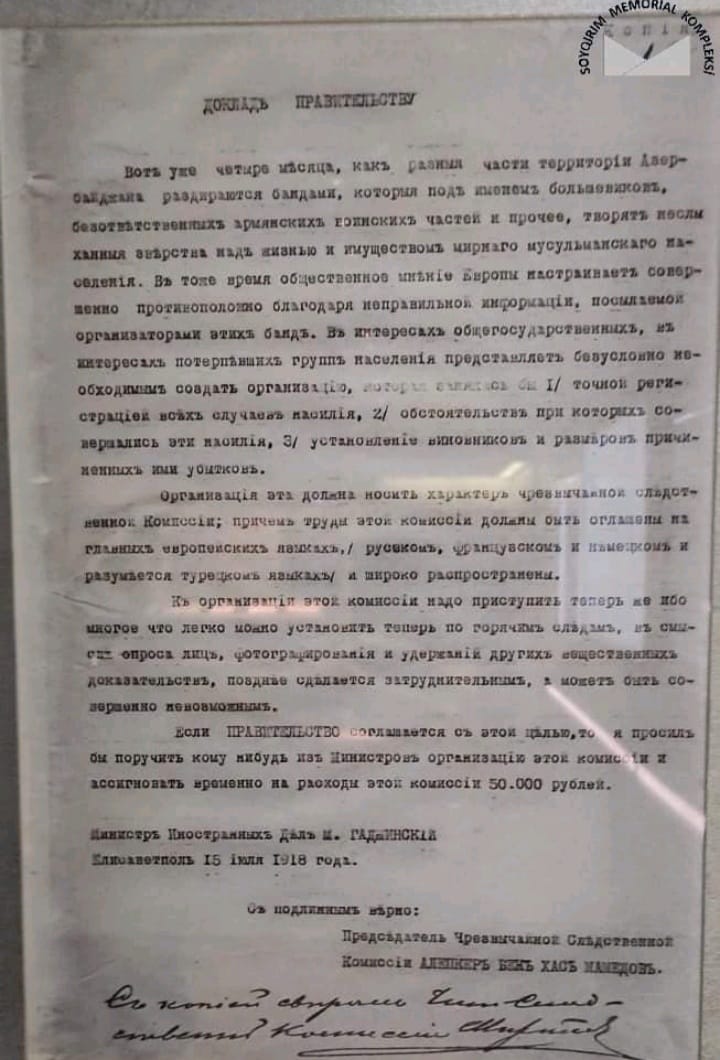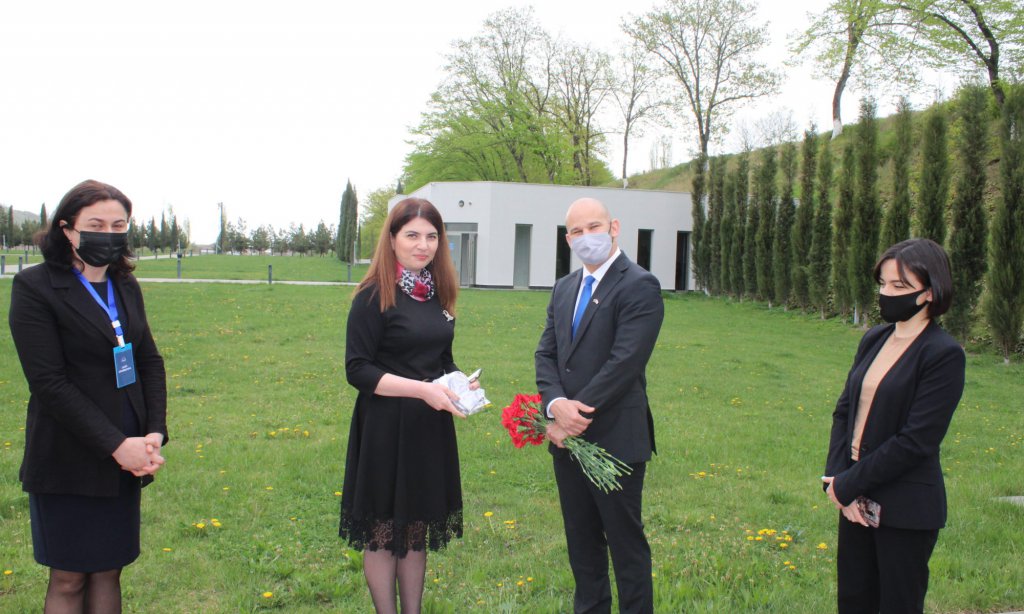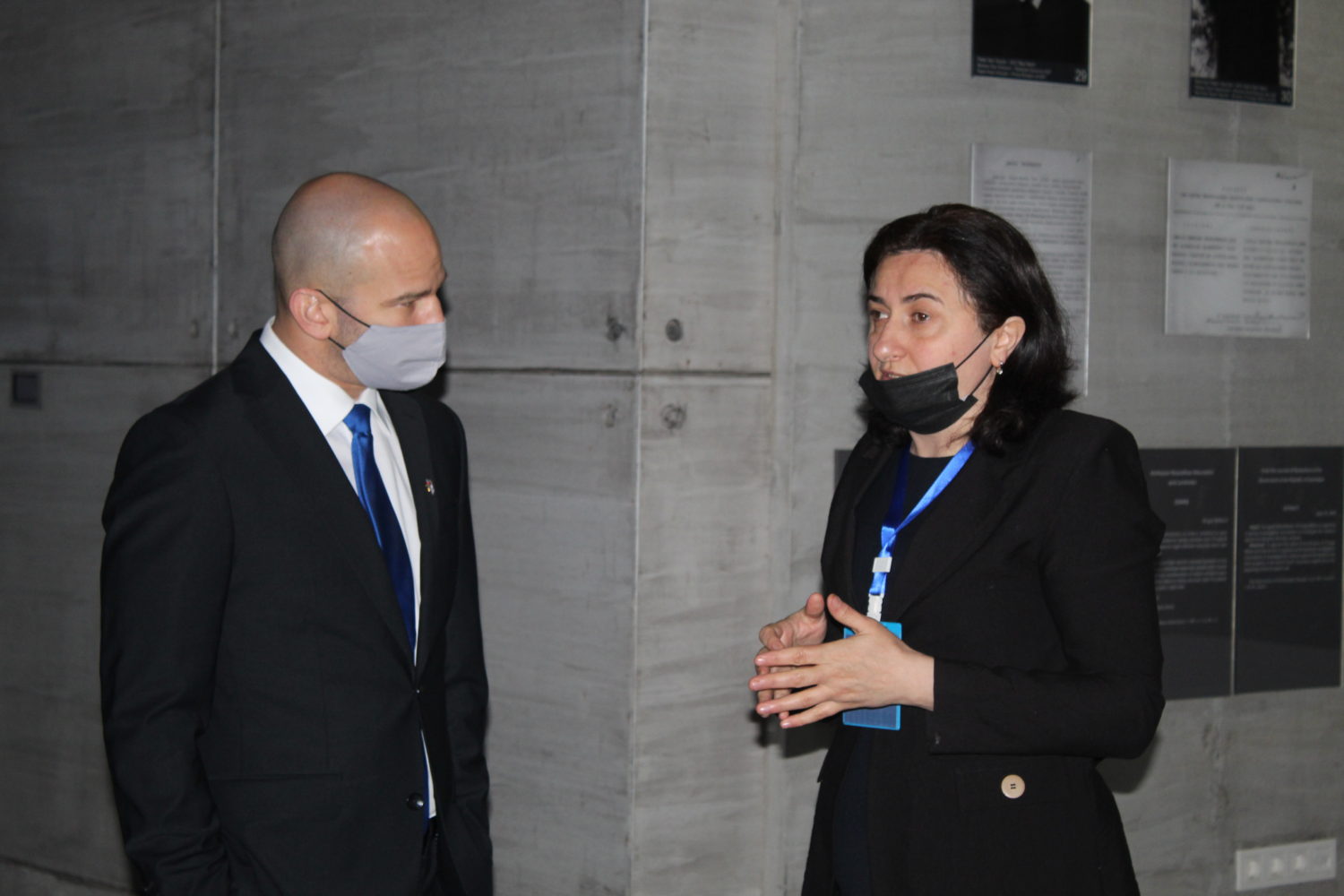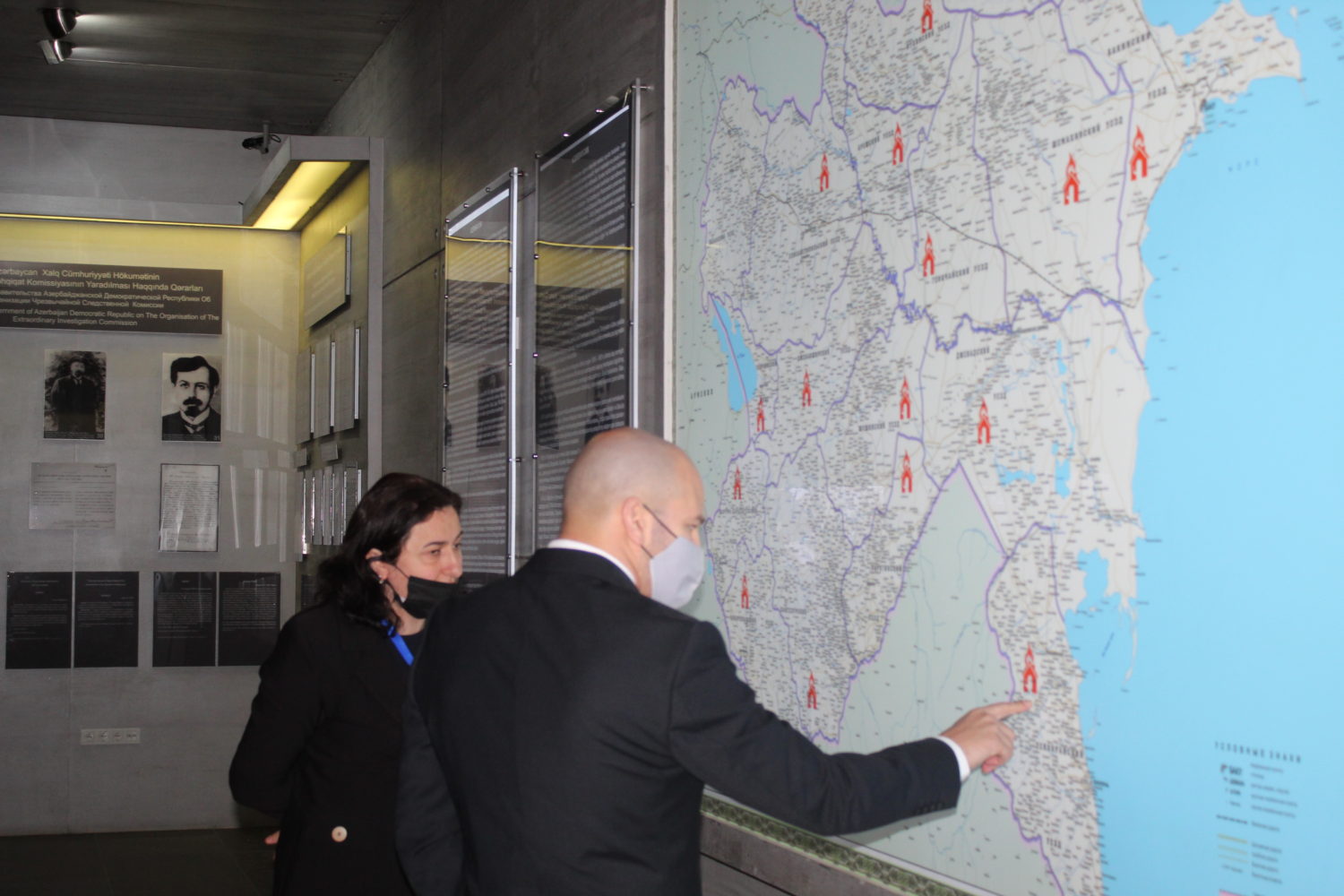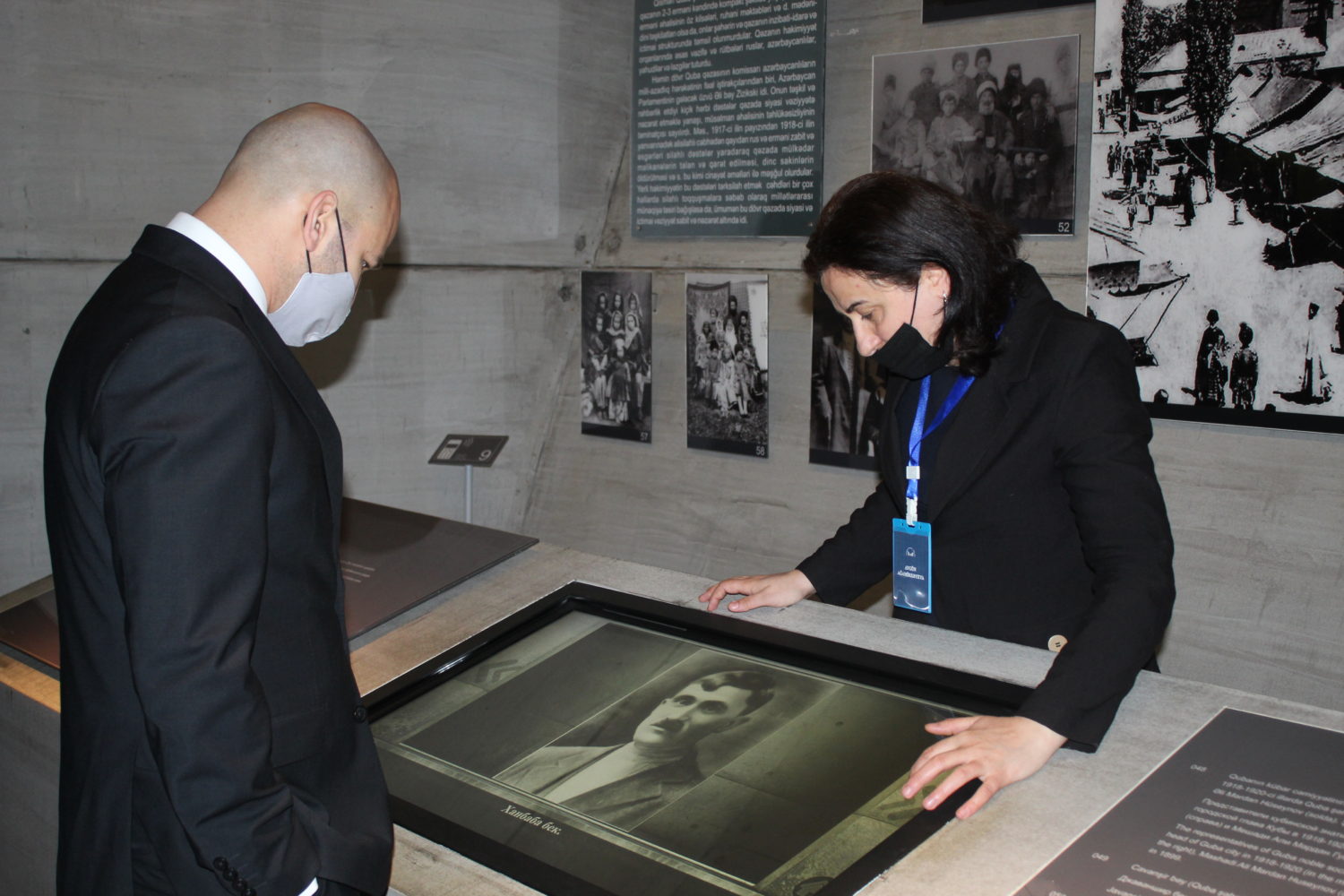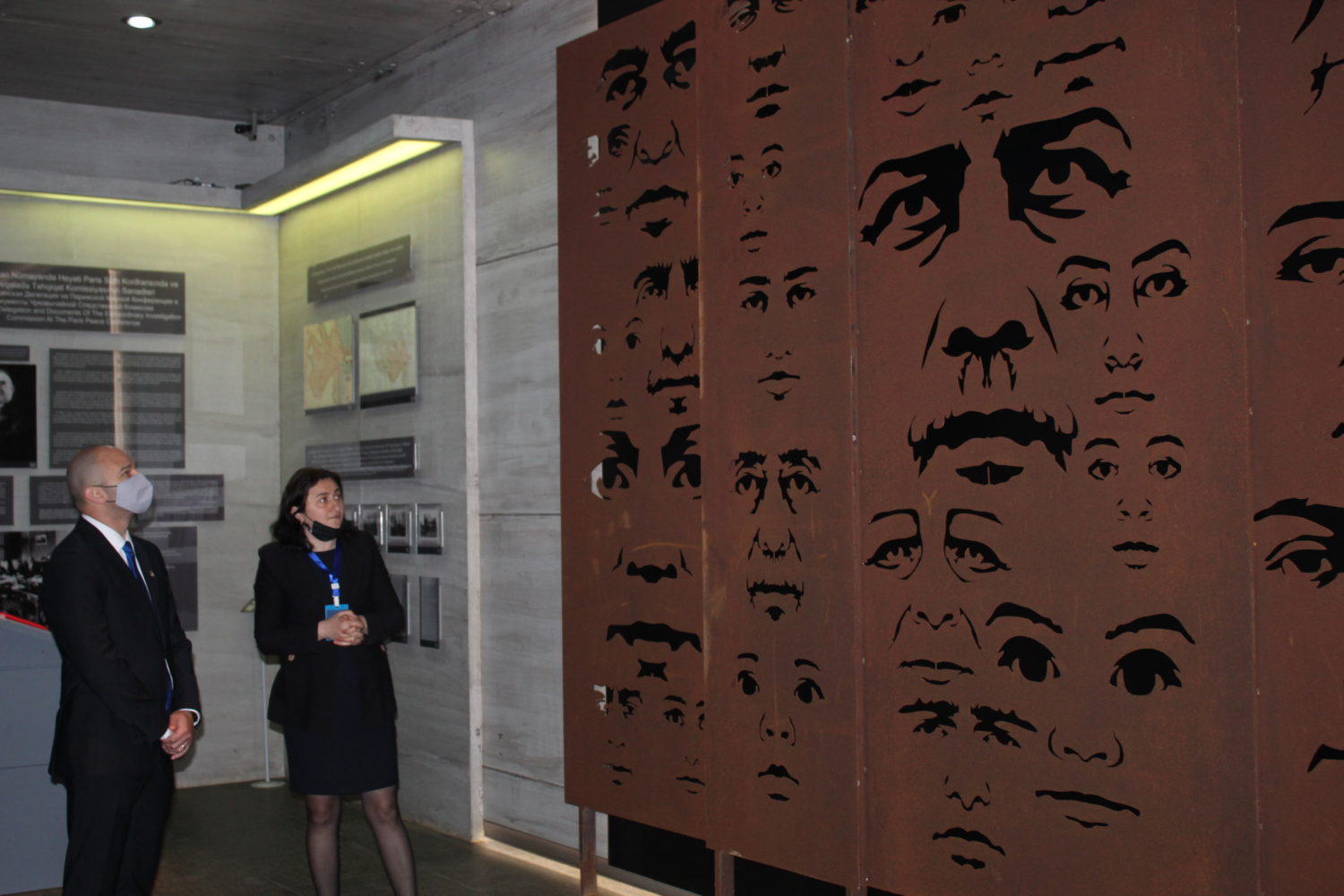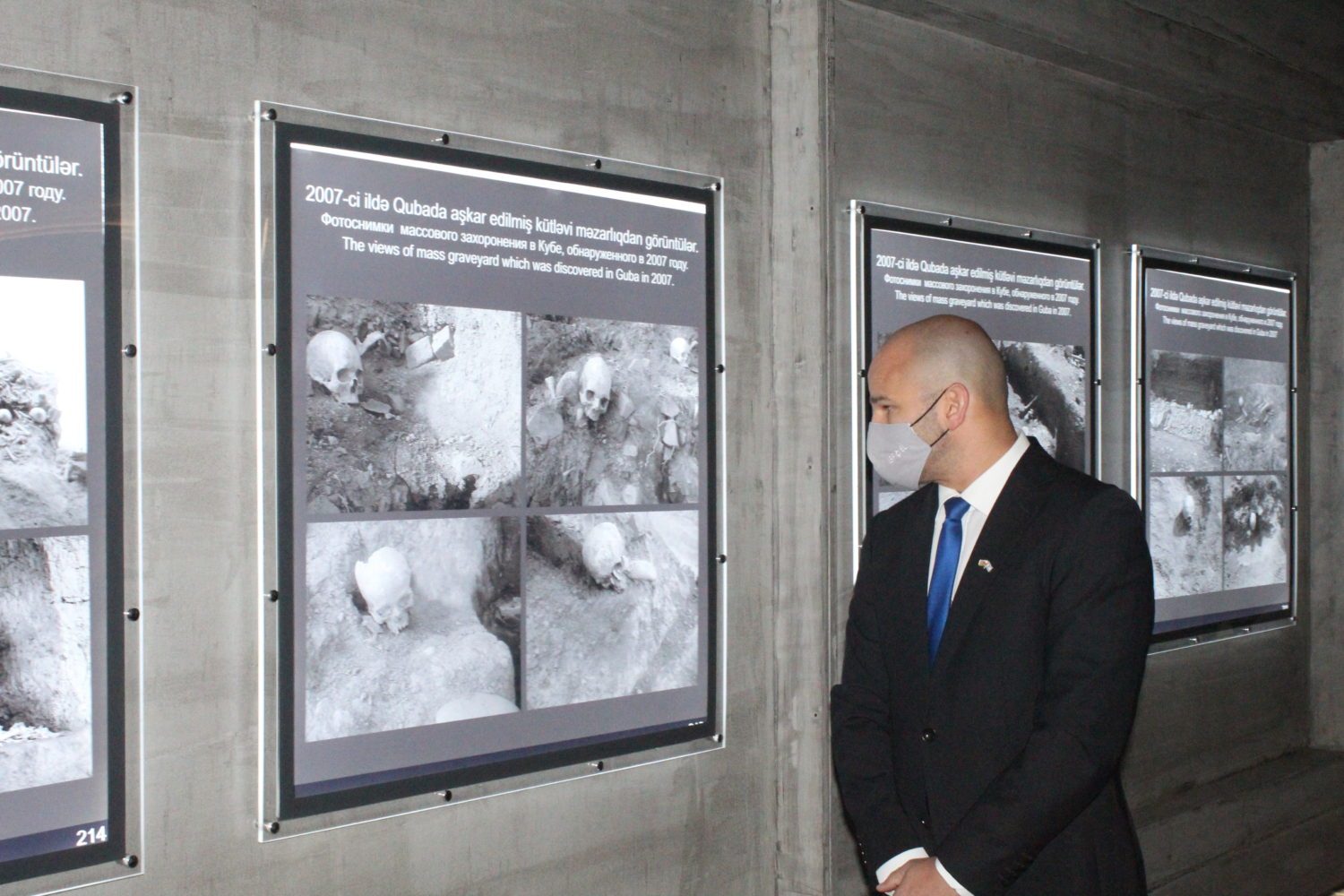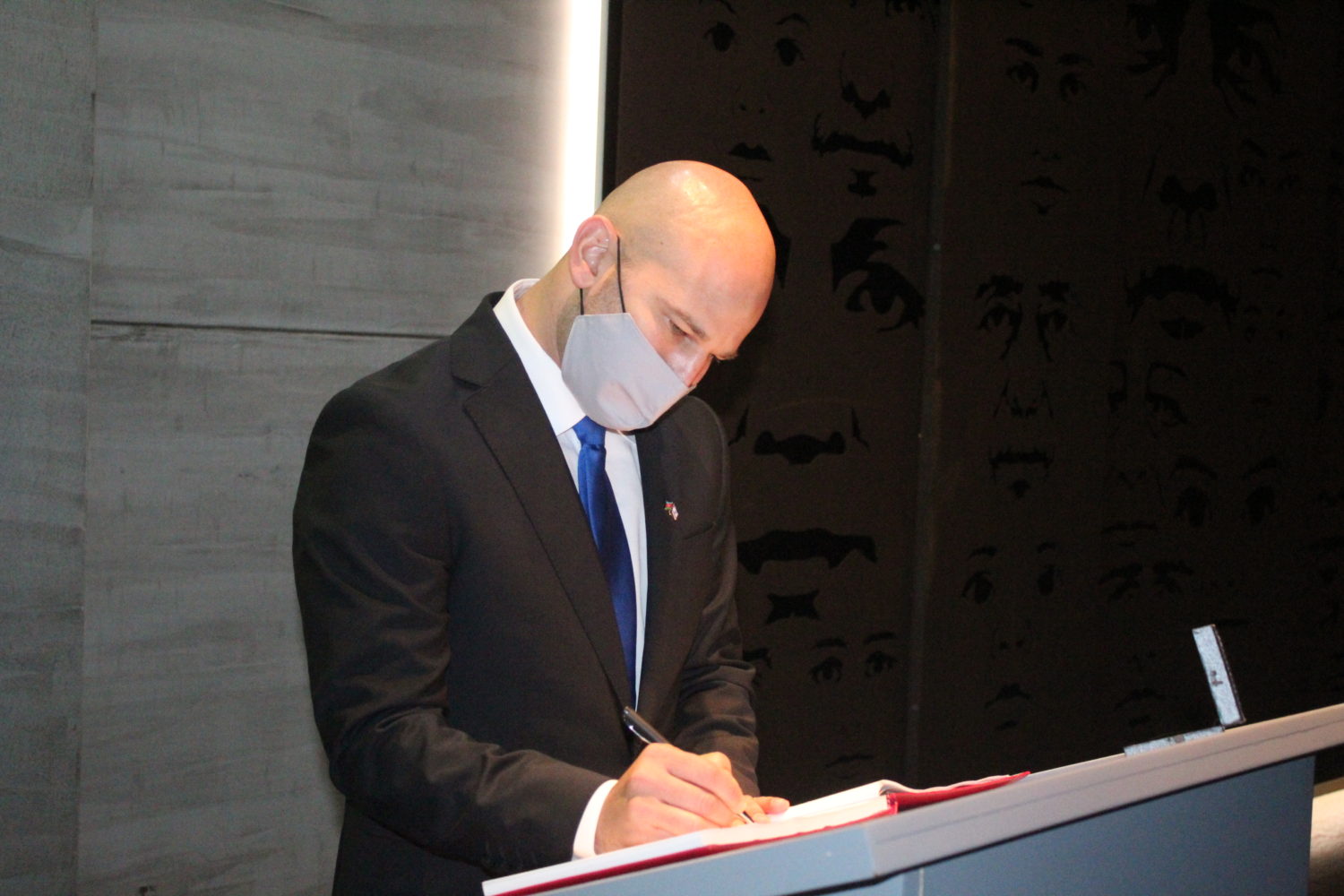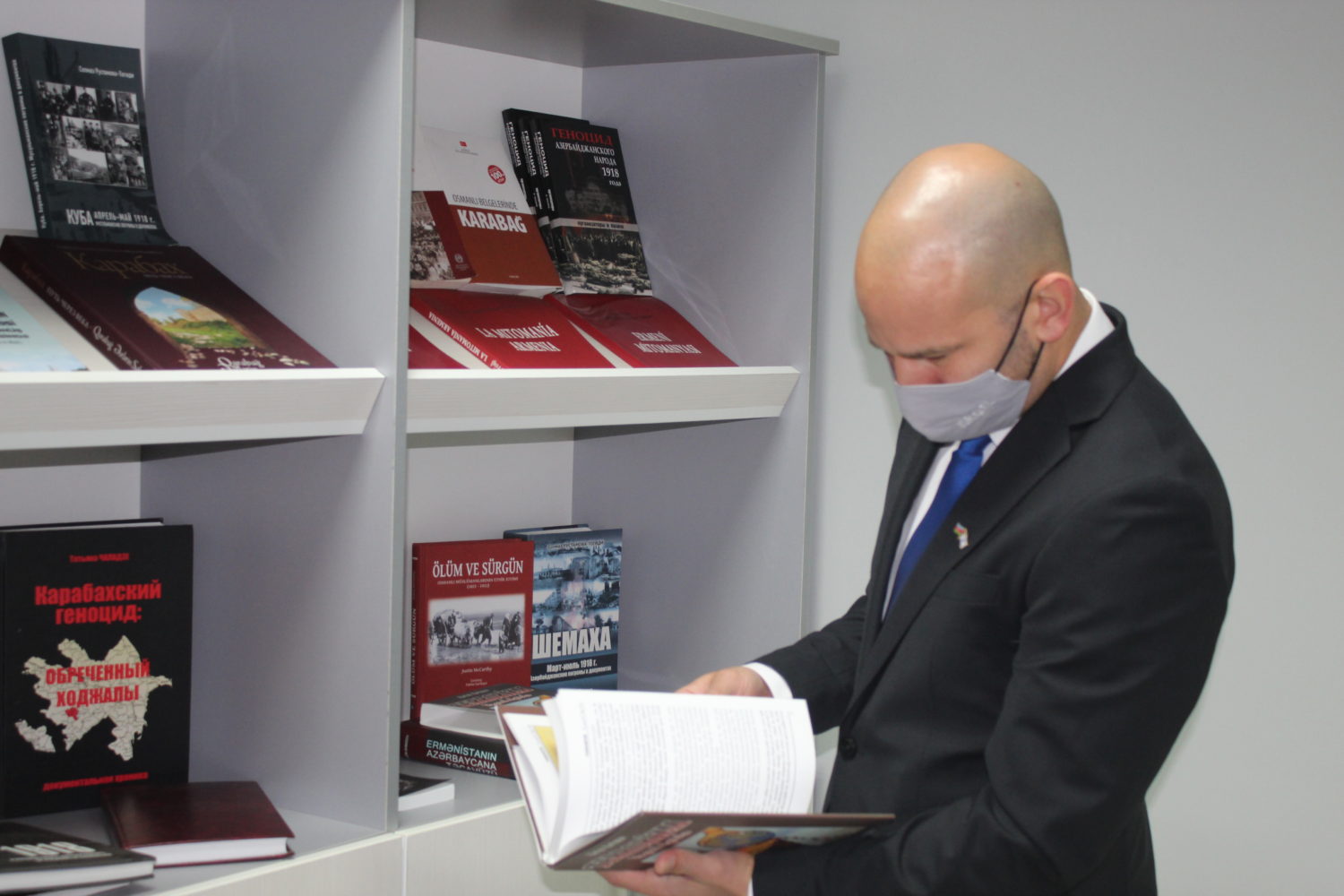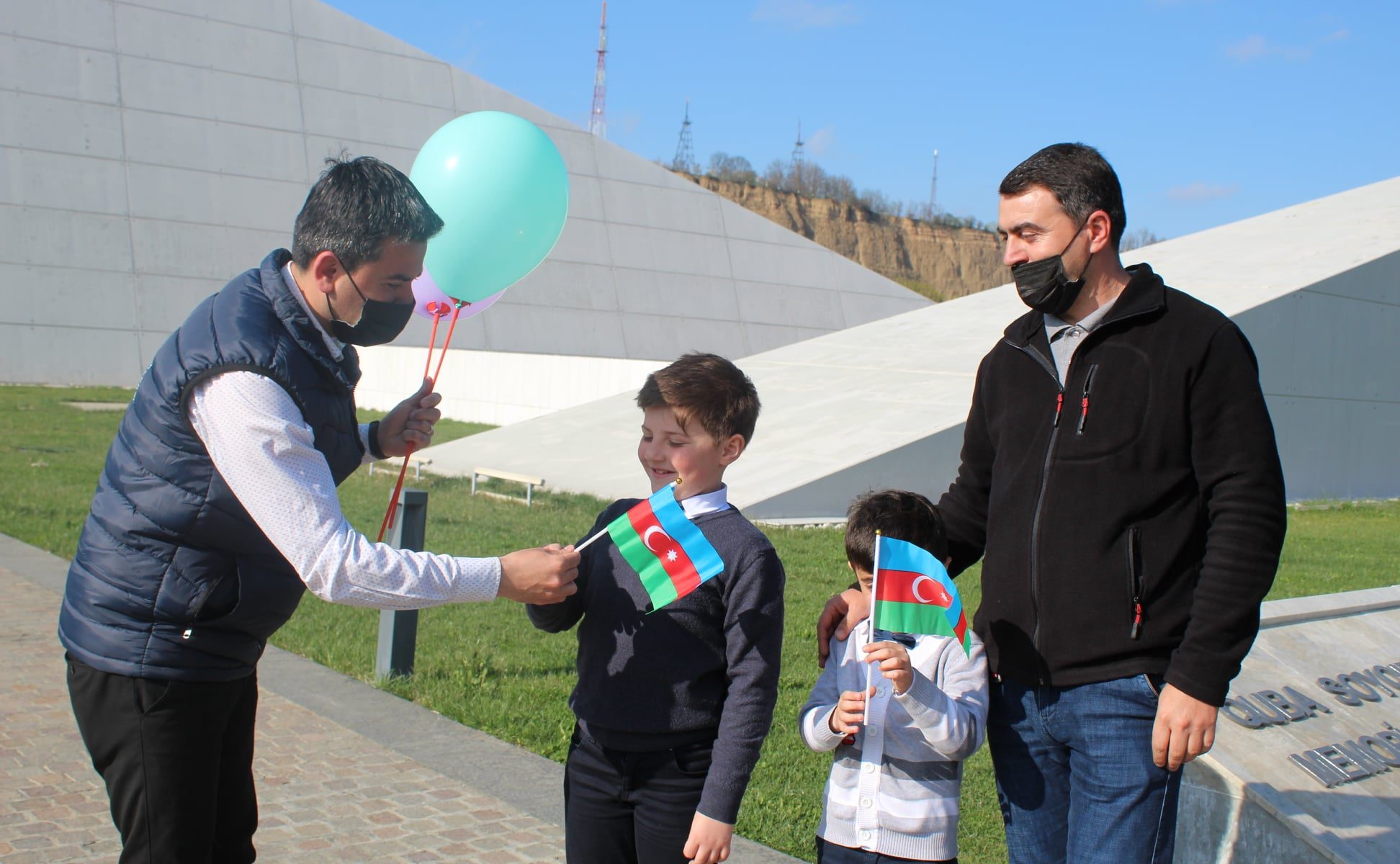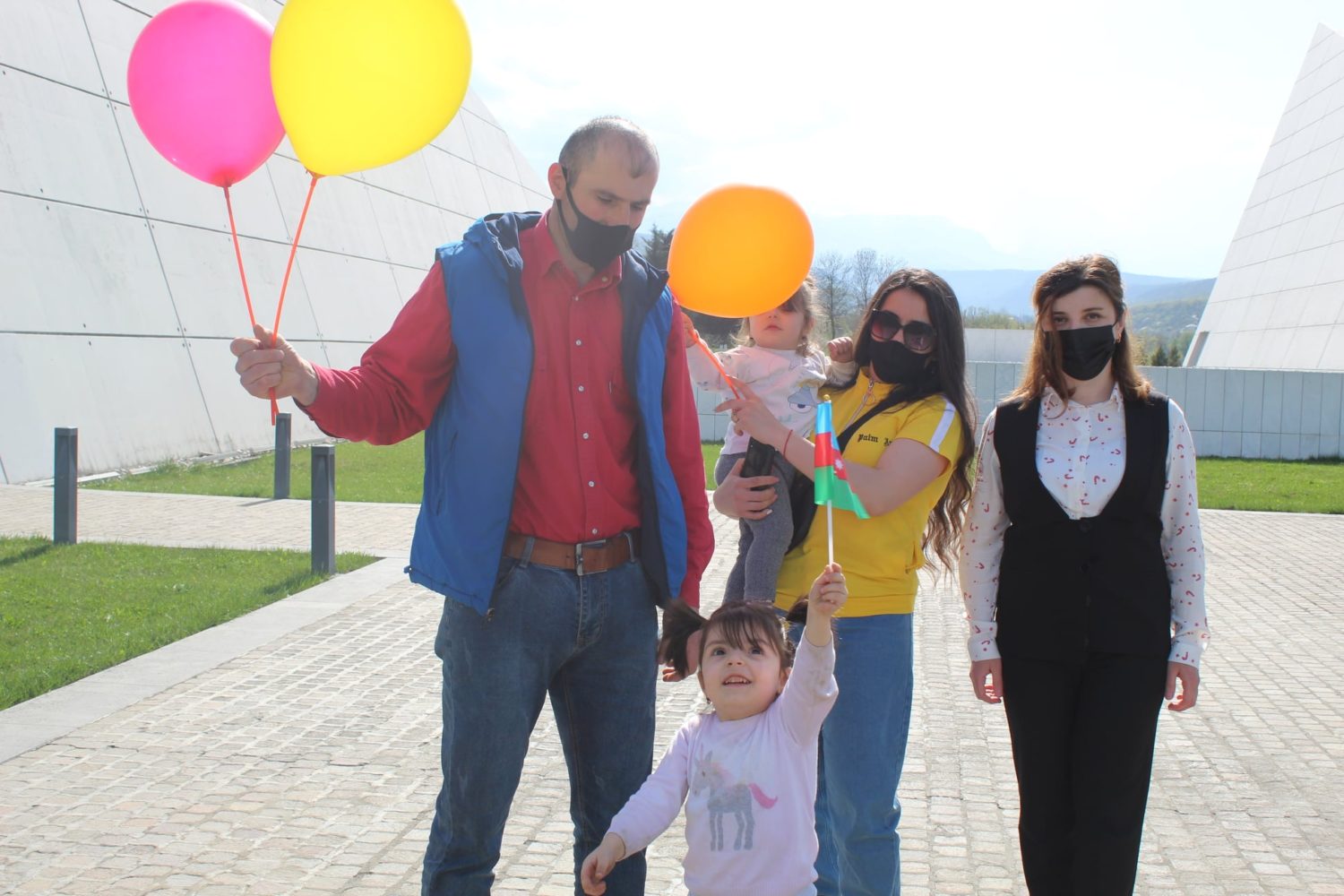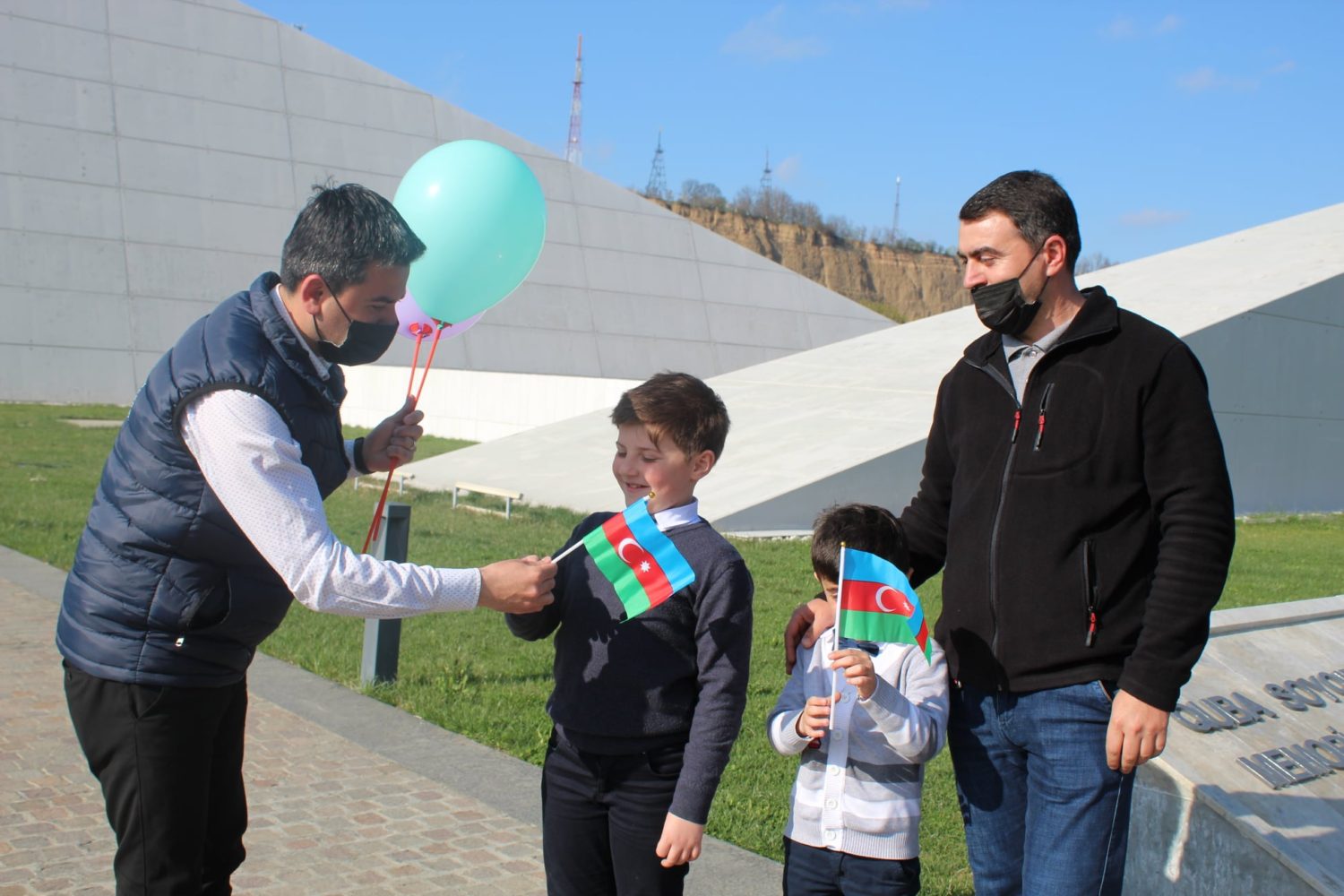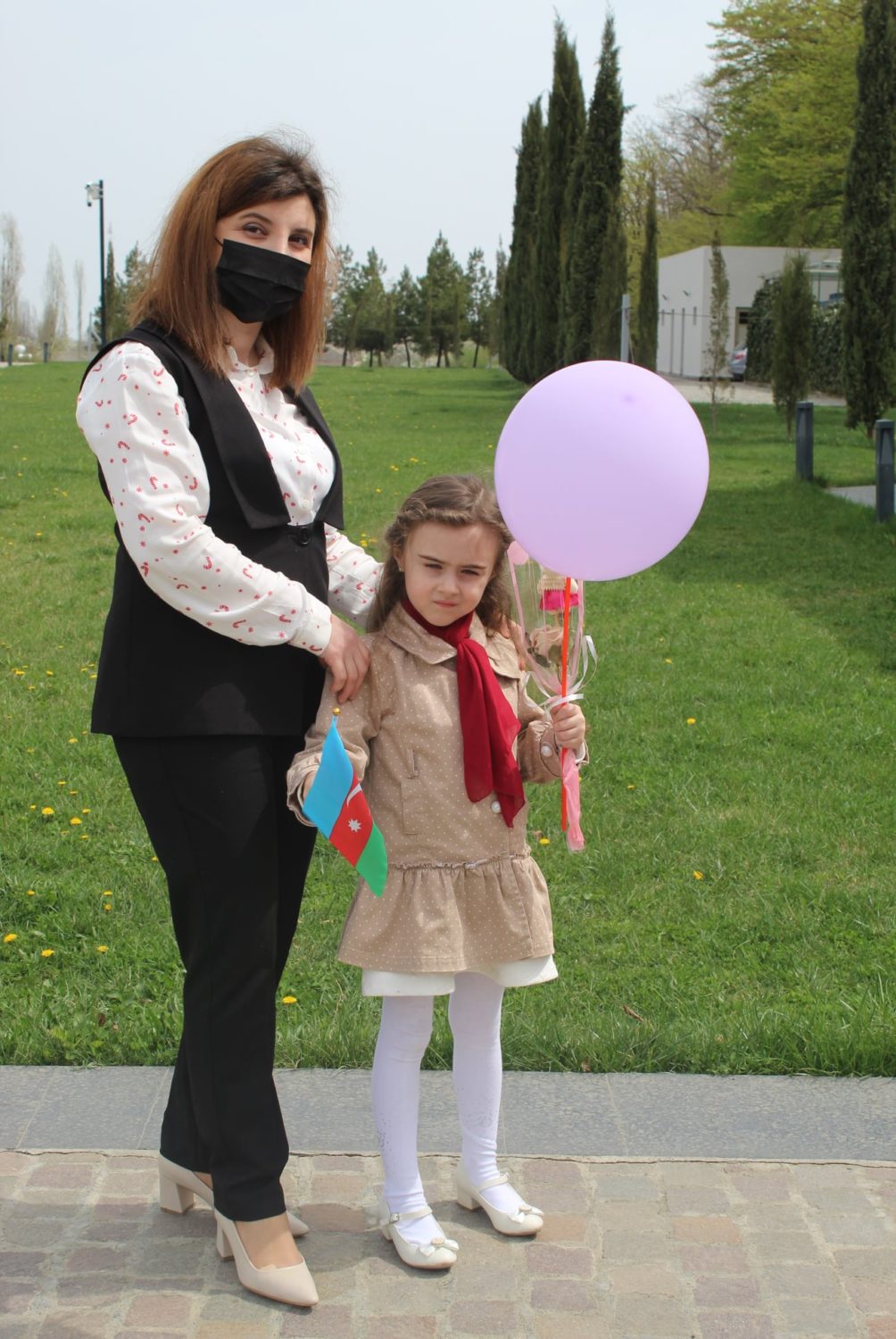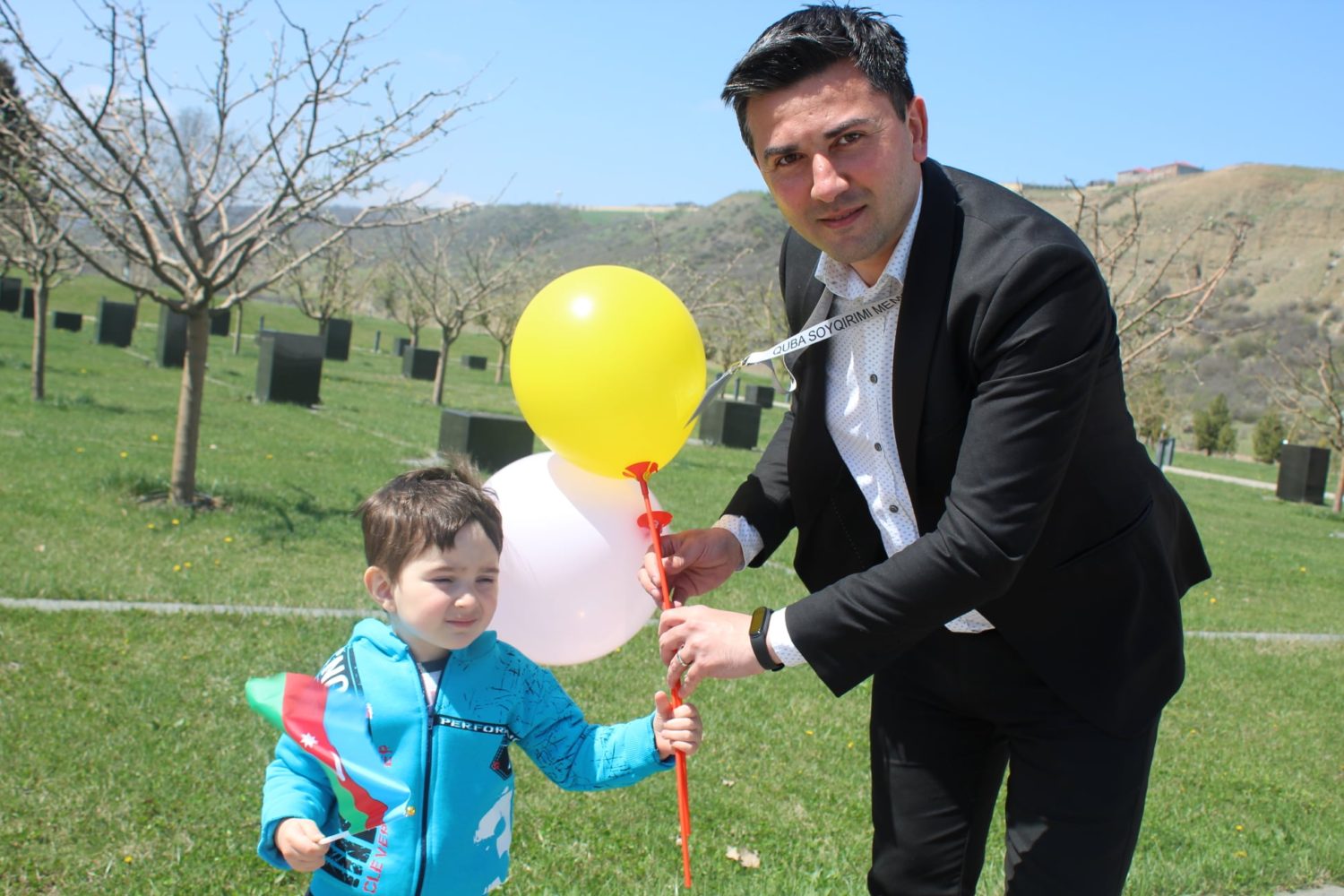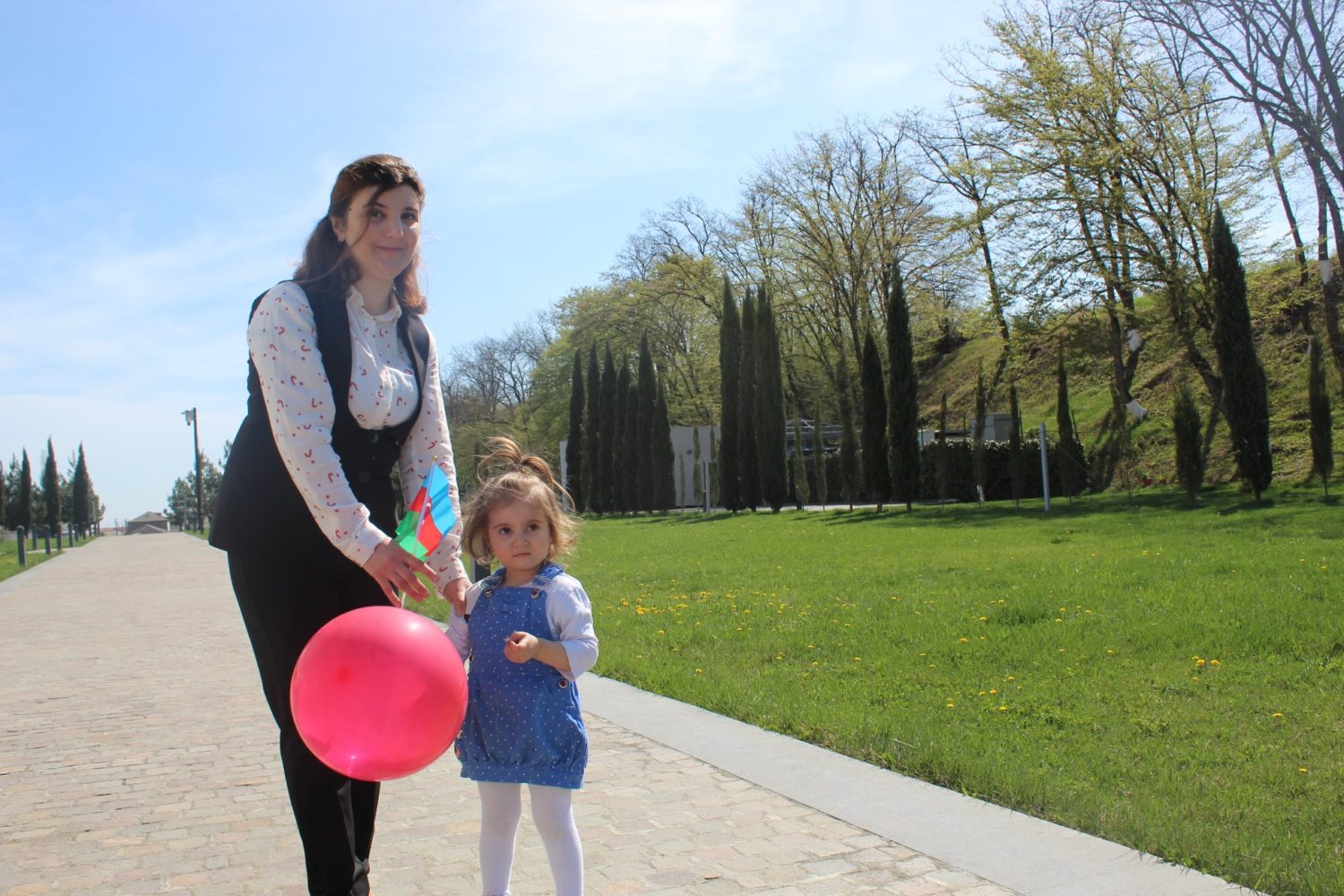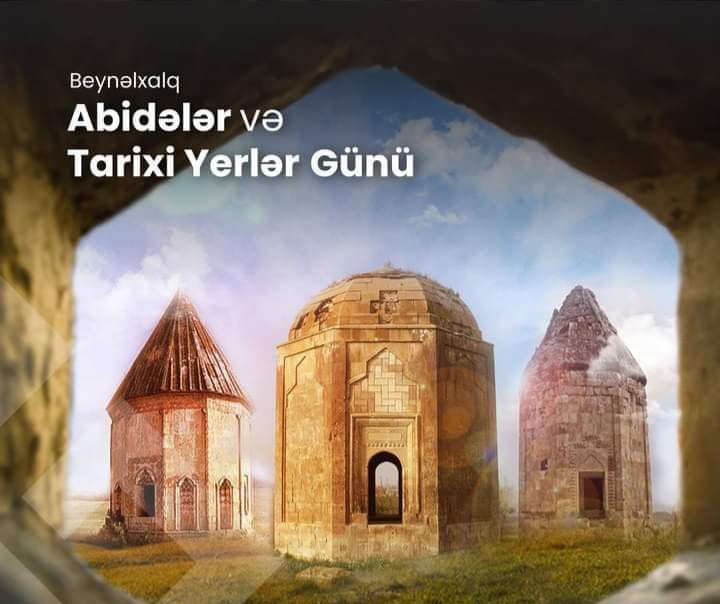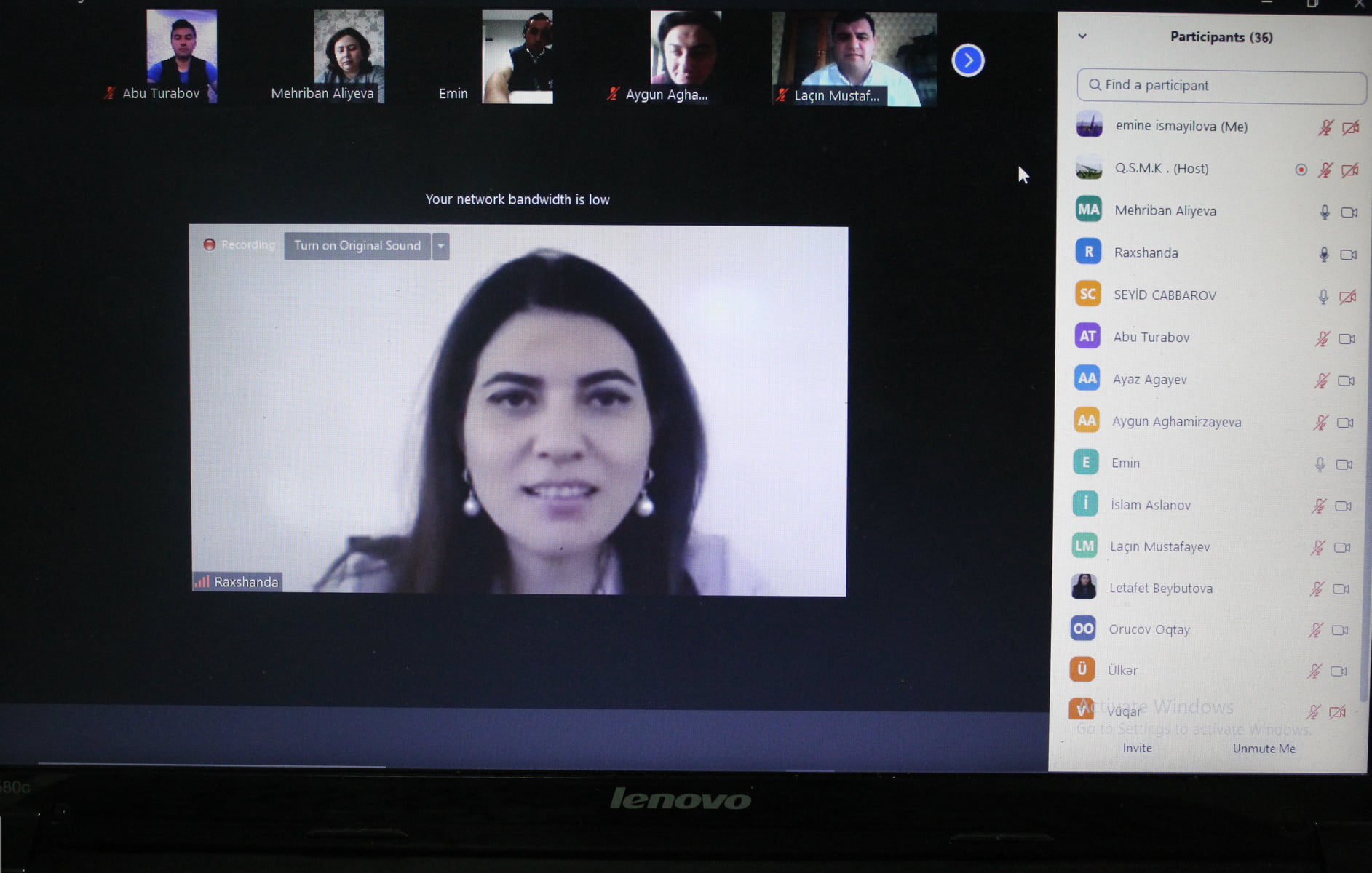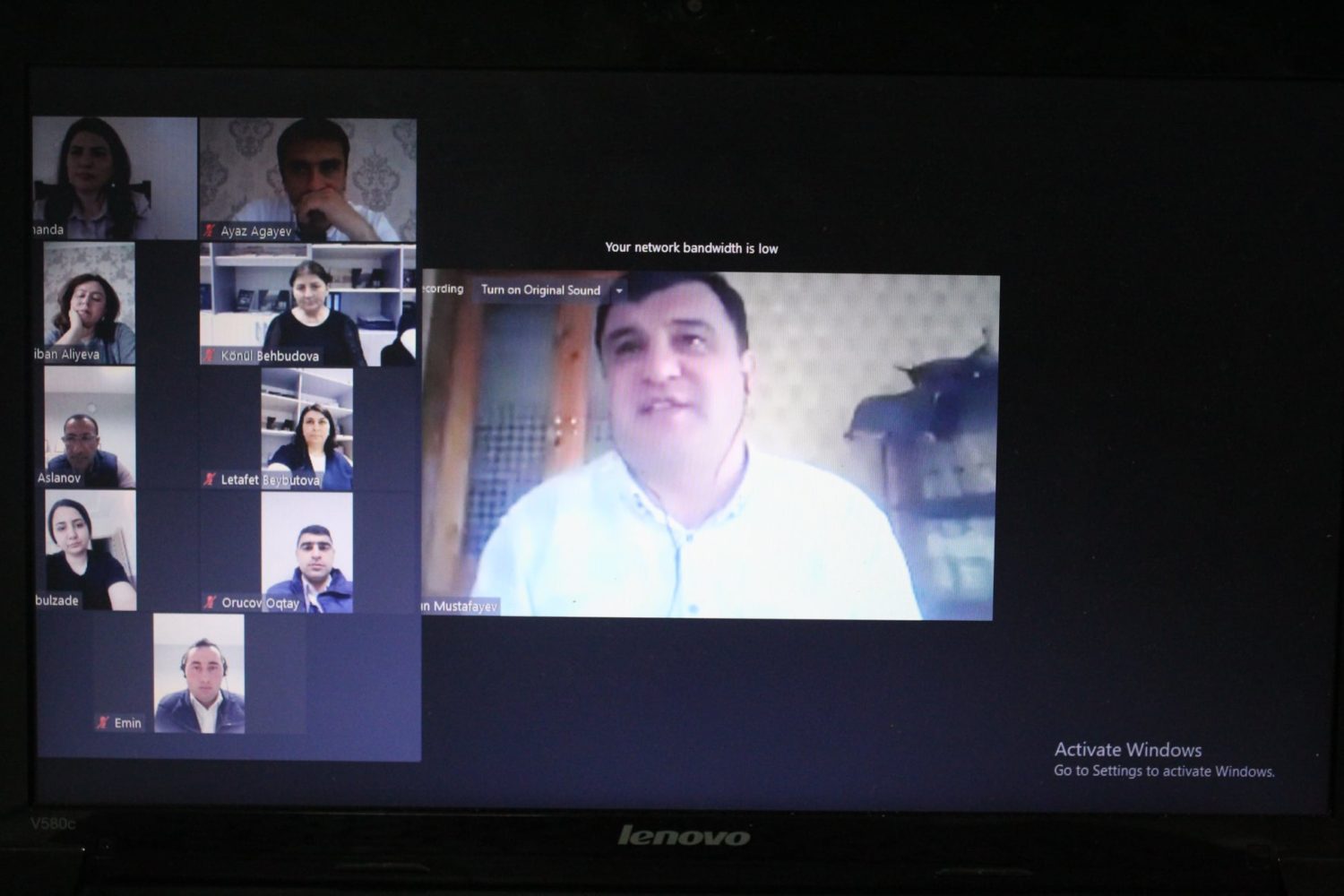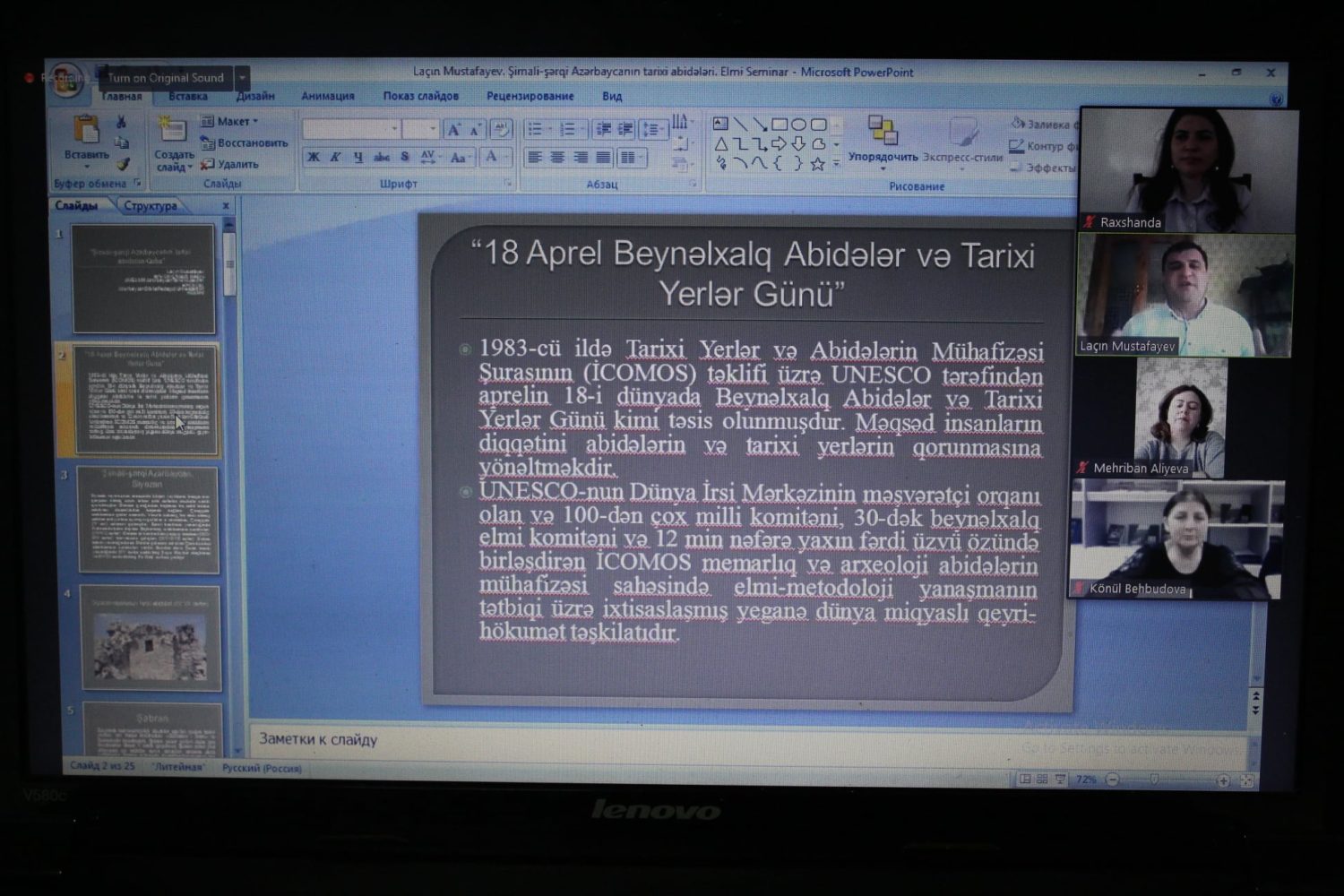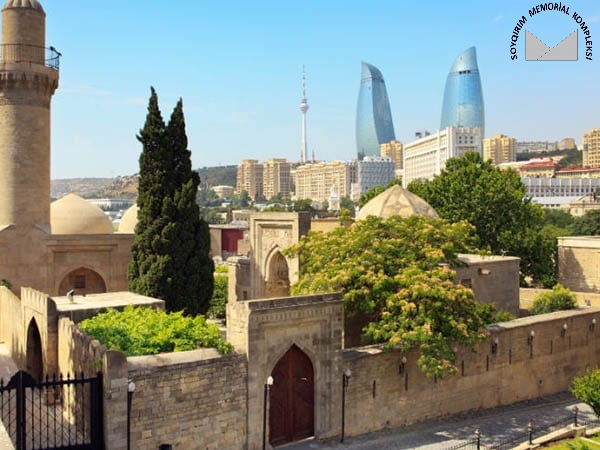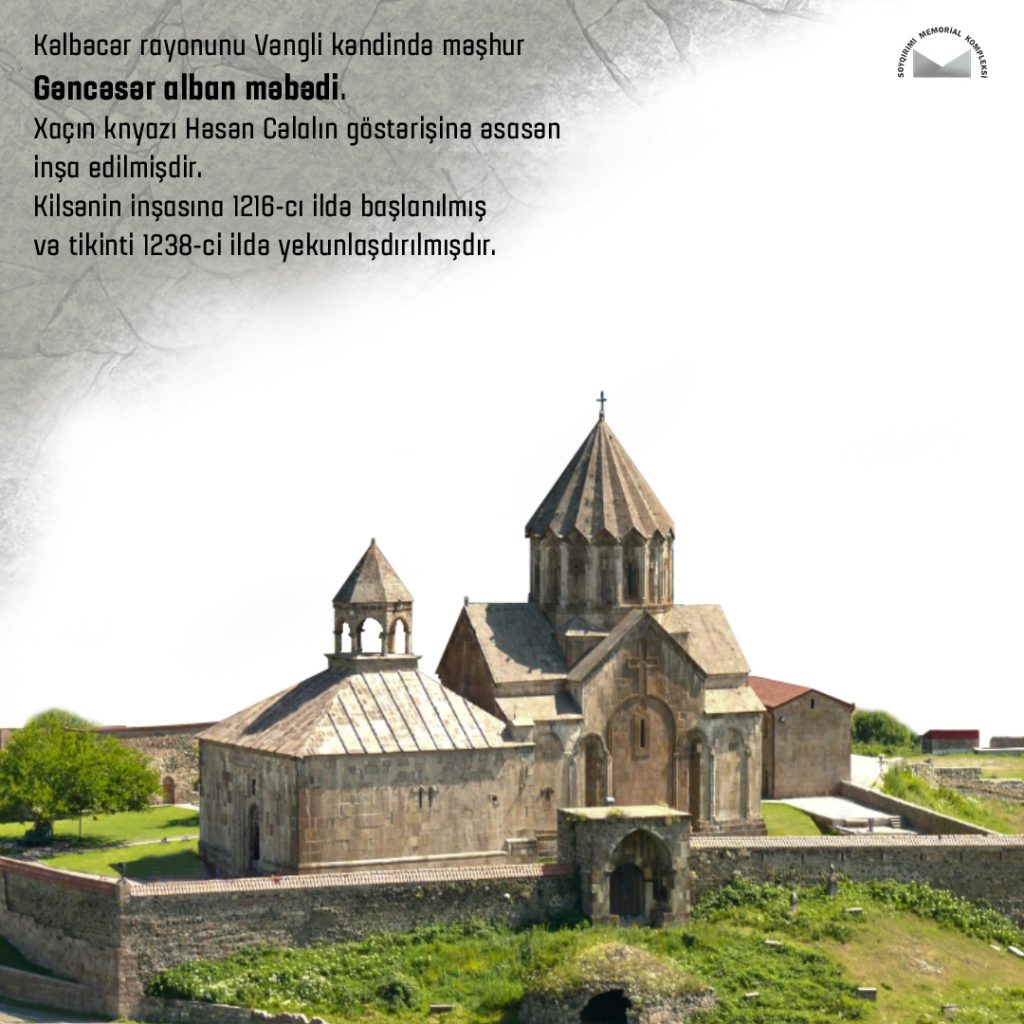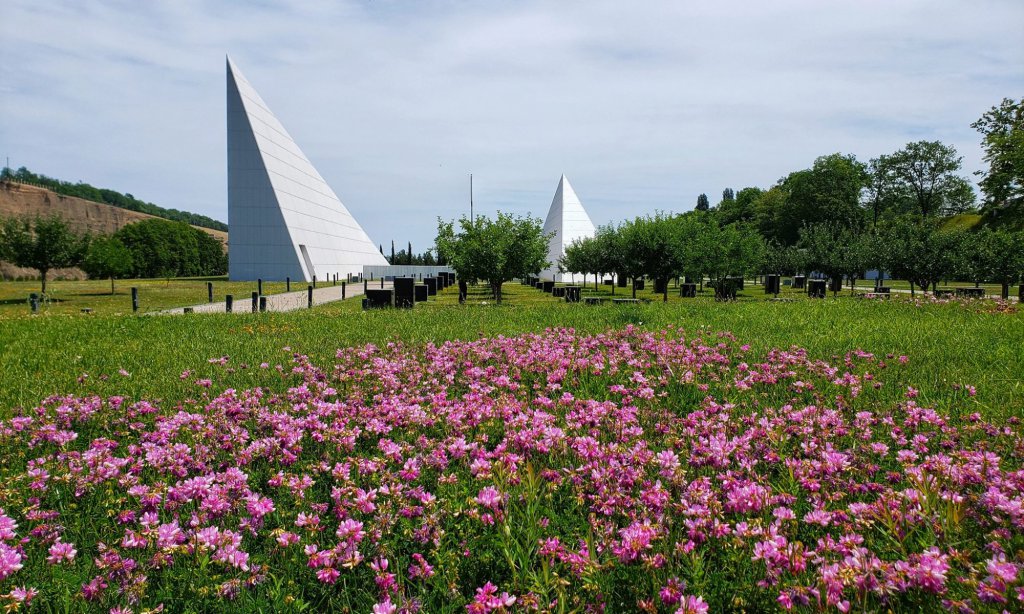

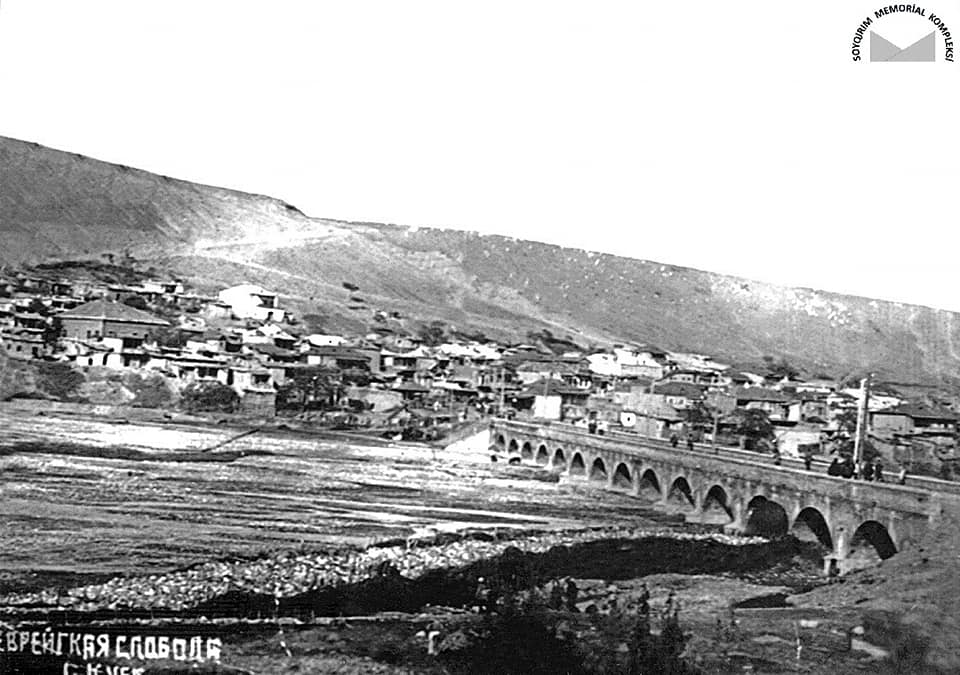
In April 1918, when the city of Baku and the Baku province fell into the hands of the Bolsheviks, on the instructions of S. Shaumyan, David Gelovani, a georgian menshevik, was sent to Guba with about 200 armed soldiers (consisting of Armenians) to seize power in Guba. Here, D. Gelovani, who declared himself the Guba Accident Commissioner, gave the locals two hours to recognize the Bolshevik government, and the helpless city administration agreed to this proposal. As soon as the accident happened, first of all, D. Gelovani disarmed the local community and released more than two hundred Armenians. Robberies and assassinations of locals by members of Gelovan’s gang and released Armenians are on the rise in the city. Seeing these atrocities in the area under the name of Bolshevism, the locals formed gangs a few days later and began a local resistance movement. According to the ancient calendar, April 9-11 / April 19-23, in this struggle, which remained in history as “3-day battles”, Gelovani and his armed groups were expelled from Guba. When he leaves the city, he takes the Armenians with him. Many Armenian bandits are killed in the battles by the people of Guba. In the event of an accident, peace is restored. However, the people of Guba were unaware that an army of Dashnak Armenians led by the executioner Hamazasp would arrive in their homeland on May 1 and that genocide would be committed within 9 days.

